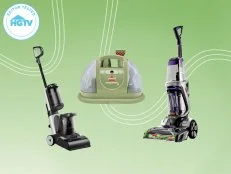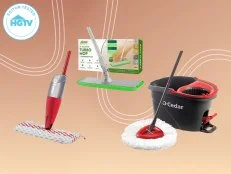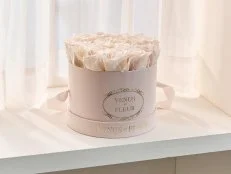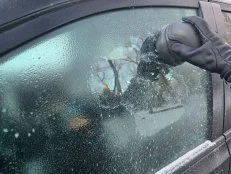How to Thaw Frozen Pipes
When temperatures drop, it's important to know which pipes in your home are most likely to freeze. If they do, are you prepared to thaw them yourself?
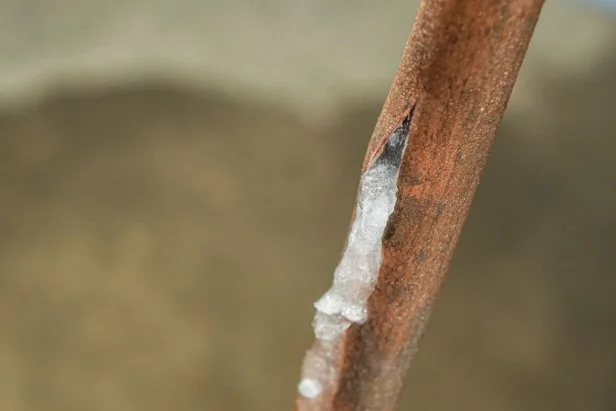
Getty Images/cmannphoto
A frozen pipe can spell major damage for a home.
Winter weather can be tough on your home's plumbing. Frozen pipes can lead to many issues, including water damage and costly repairs. Learning how to identify pipes at risk is the first step to preventing an issue. From there, familiarize yourself with the signs of a frozen pipe and learn how to monitor for visual cues and changes in your tap water. With a little know-how, it's easy to unfreeze pipes yourself.
Understanding the Risks of Frozen Water Pipes
Frozen pipes are more than just a winter inconvenience. "Freezing temperatures can cause a lot of damage to homes that haven’t been properly winterized," says Joseph Wade, vice president of operations of Benjamin Franklin Plumbing. "When pipes are exposed to cold temperatures below 20 degrees Fahrenheit, they can freeze and ultimately burst from the expansion of the water inside the pipes." The damage from a burst pipe can be extensive, potentially flooding your home and damaging walls, floors and furniture.
How to Winterize Your Sprinkler System and Hoses
Learn how to winterize your sprinkler system, including how to blow out your lawn irrigation system to prevent damage.
If a pipe bursts due to freezing, the repair costs can be steep, even "catastrophic," Wade says. Water damage can ruin drywall, insulation and flooring. In severe cases when a leak has not been detected, damage could lead to mold growth. Beyond the visible damage, plumbing repairs and water remediation services can quickly add up, especially if the leak isn't caught right away.
How to Find a Frozen Pipe
"Most of the time, you’ll find the frozen pipes in sections of the home that aren’t insulated or heated," Wade says. Pipes that run along exterior walls or in unheated areas of the home, like basements and attics, are more prone to freezing. Outdoor spigots and water supply lines in garages are also common problem areas.
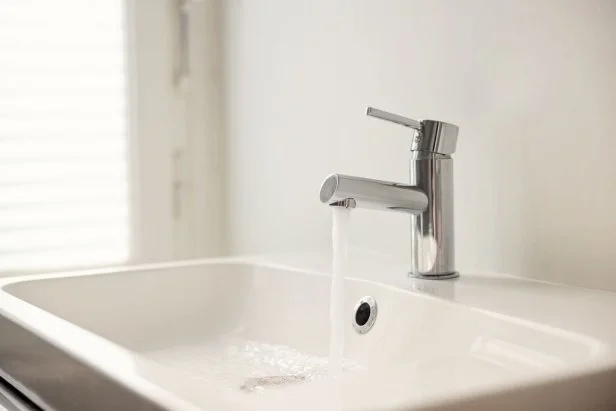
Getty Images/mrs
Keep the faucet on if you're thawing your pipes,
If you suspect plumbing in your home is vulnerable, locating the pipes is the first step to monitoring for issues. Start by turning on faucets in different areas of the house. If only certain taps aren't working, the frozen pipe is likely nearby. "You should also try touching exposed pipes and feeling for extremely cold sections that could indicate there’s frozen material or ice inside," Wade says. Plumbing in basements, attics and crawl spaces is more susceptible to freezing, so check these areas first.
Additionally, listen for unusual sounds when turning on the water, such as gurgling or banging. Unusual noises can indicate a blockage.
Thawing Techniques for Unfreezing Pipes
Thawing frozen pipes is a delicate task and must be done gradually to prevent sudden temperature changes. "Use a hair dryer, space heater, hot towel or heat lamp," Wade says. "Do not turn to flames or torches, as that can warm the pipe up too quickly and lead to other issues. Experts also recommend that you turn the faucet on so that you allow water to flow as the ice melts away."
Always start at the faucet and work your way slowly toward the frozen section.
"Thawing frozen pipes in the wall or ceiling is not an easy task for homeowners to tackle on their own," Wade says. "[If the pipes are concealed,] call a licensed professional. Most times, the wall or ceiling will have to be cut to access the frozen pipe."
How to Unfreeze Pipes Step-by-Step
- Locate the frozen pipe.
- Turn on the sink faucet. It'll allow water to flow once the ice begins to melt.
- Apply heat gradually, starting from the faucet and moving toward the frozen section. Use a hairdryer, heating pad, lamp or heated towels during the thawing process — not a flame or torch.
- Continue applying heat until water flow is restored.
- Once thawed, monitor the area closely. You'll want to be certain that the pipe isn't leaking due to damage caused when it was frozen.
Preventing Frozen Pipes
Before the severe cold weather hits, make sure to have your heater or furnace serviced. "The last thing you want is to deal with a broken down heater as the temperatures begin to drop," Wade says.
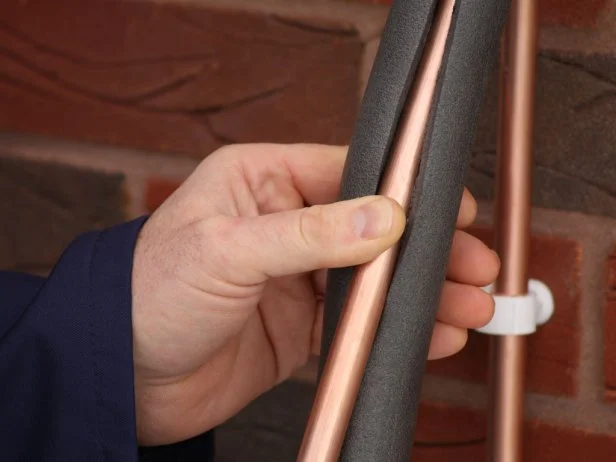
Getty Images/nsj-images
Apply insulation to exposed pipes.
Wade recommends some additional steps to prevent your pipes from freezing:
- Disconnect outdoor hoses. "If you have outdoor pipes that will be exposed to these freezing temperatures and you know you won’t have to use them all winter, shut off the water supply in those pipes and drain them," Wade says. Disconnect hoses from the pipes and leave the outside valve open in case there’s water left in the lines."
- Insulate exposed pipes. "For those lines you can’t shut off, apply pipe insulation," Wade says. You can find pipe sleeves or heat cables at your local hardware store. "These items will be your best option for insulating pipes that run outside your house or in unheated areas like an attic or basement," Wade says.
- Keep the heat on all winter. "If you leave your house during winter, don’t turn off the heat," Wade cautions. "The drop in temperature inside the home can lead to frozen pipes." Keep the thermostat set to 55 degrees.
How to Prevent Pipes From Freezing in the Winter
Follow these tips to prevent bursting water pipes during cold spells.
- Inspect your water shutoff valve. "Make sure it’s working correctly in case of an emergency where you have to shut off the water supply to your home," Wade says.
- Integrate smart home technology and sensors. Smart home technology has become a reliable source for homeowners looking to apply another line of defense.
"Smart sensors and automatic shut off valves installed by professional plumbers are great tools that can detect drastic temperature changes, as well as detect water in the home where it shouldn’t be," Wade says.
Frost King HC12A Automatic Electric Heat Kit Heating Cables, 12-Feet, Black, Ft - Weatherproofing Pipe Coverings - Amazon.com
When to Hire a Pro
While minor frozen pipe issues can often be handled by homeowners, there are situations that require professional assistance. It's wise to call a plumber if you're unable to find the frozen section, if several pipes are frozen or if one has burst. Attempting to fix a burst pipe on your own can result in further damage and costly repairs.
How to Repair a Burst Pipe
Learn how to repair a broken pipe using a soldering kit or push-to-connect fittings.
When choosing a plumber, prioritize those with strong reviews and proper licensing. It's also beneficial to select a service that offers emergency plumbing, especially during winter. Repair costs vary based on the damage, with minor fixes like thawing costing a few hundred dollars, while more severe issues, such as burst pipes, can cost thousands. Always ask for an upfront estimate and inquire about extra fees.



















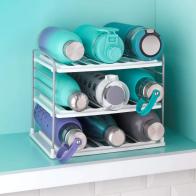








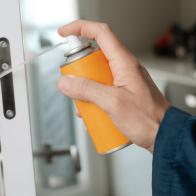



.jpg.rend.hgtvcom.196.196.suffix/1738869041672.jpeg)






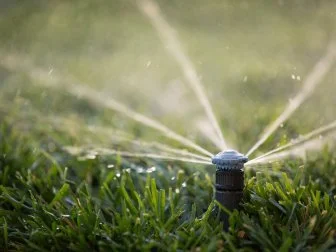
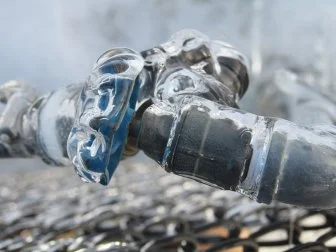
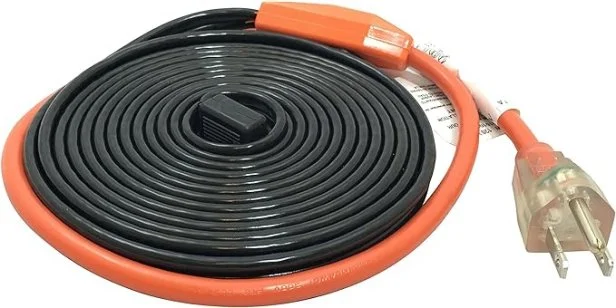
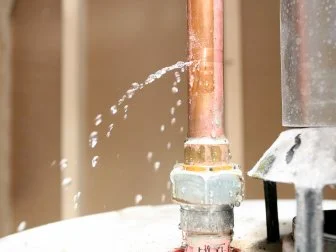


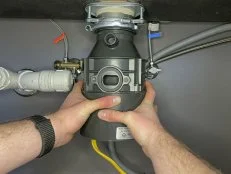









.jpg.rend.hgtvcom.231.174.85.suffix/1738869041672.webp)











